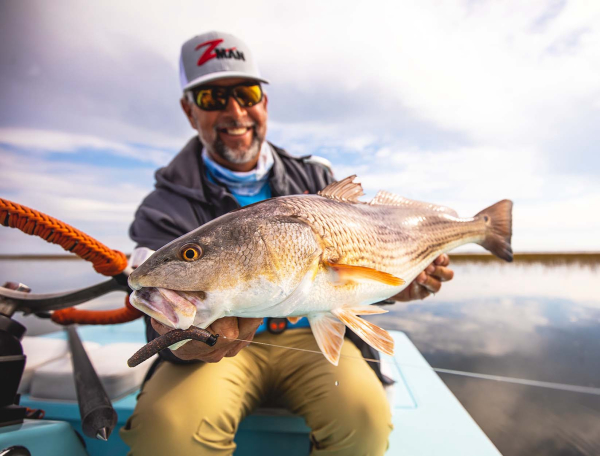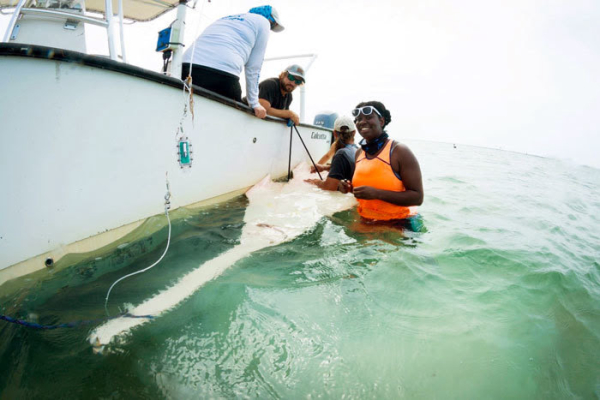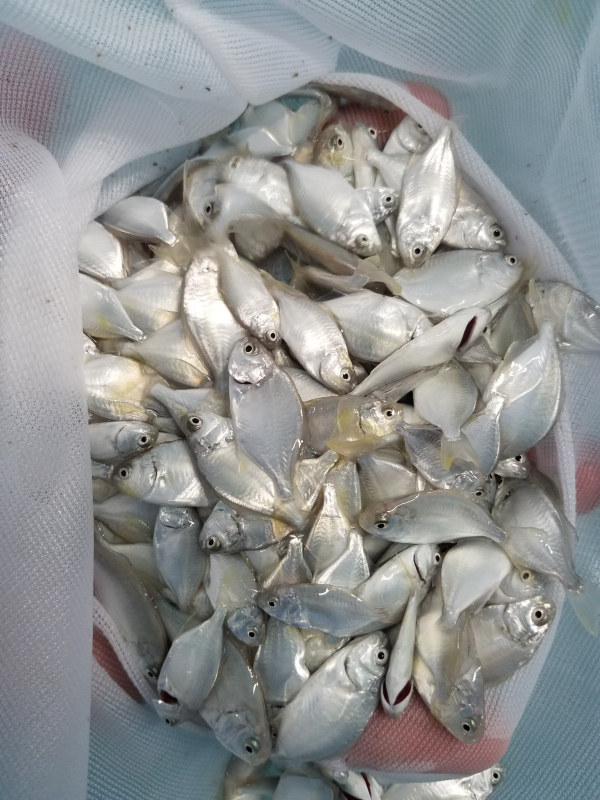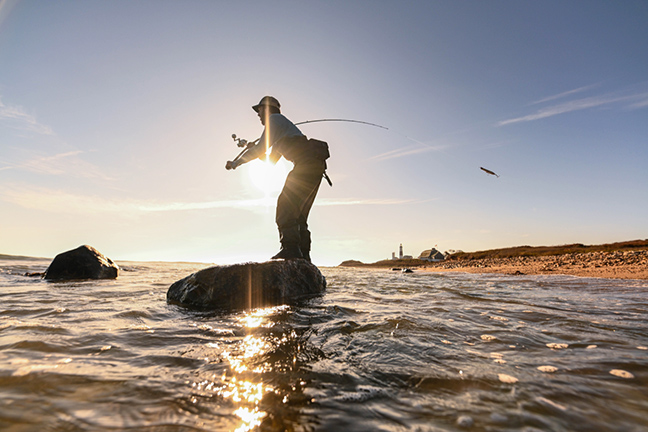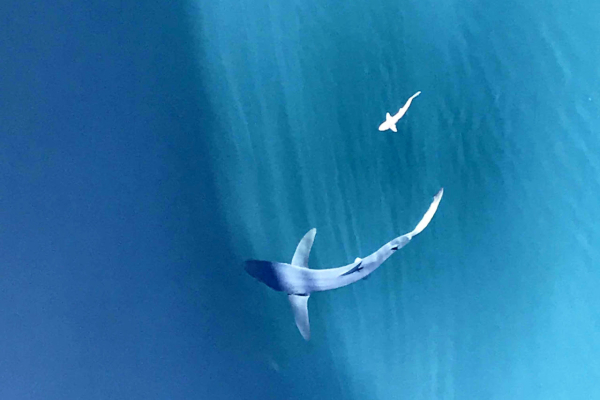When it rains it pours – or snows!
Last Thursday a week ago I left to go to Neely Henry on the Coosa River for my March Alabama Outdoor News article. I had three choices of ways to go. Unfortunately, I chose to go up to I-75 and around I-285 to I-20 so I could drop a couple of reels and a rod off for service at Tara Bait and Tackle, what used to be Big Ernies.
Typical luck for me, the owners had closed up and gone home due to the weather. Going around I-285 at 70 mph I thought I had made a good decision. Then, a mile from the I-20 exit I came to a full stop. For the next hour I moved a few feet, stopped, then moved a few more.
On I-20 a couple of miles from the Six Flags exit a sign said, “Left two lanes closed due to flooding.” I thought the Chattahoochee River was flooding, but when I started down the hill toward the river, the reason the left two lanes were closed flooded was all the drains were stopped up with trash. DOT workers were trying to get them open.
The rest of the trip went fine, but as I crossed the Coosa River going into Gadsden it was running high and fast, with many logs floating in the ripping current. And it was very muddy. That did not look good for fishing the next day.
I got checked into a room in Gadsden and went to Capeside Fish Market, a restaurant I found on my last trip there, for dinner. I had some of the best fried scallops I have ever eaten, and that is saying a lot since I seek them out everywhere I go.
I met Peyton Nance, an Auburn University bass team member and reserve defensive tackle on the football team. We managed to get the boat in and to the dock in the ripping current. The water level had dropped four feet overnight. Peyton explained they were trying to get it down to hold all the flooding water coming downstream.
We looked at and tried to fish ten spots that are good in March, but the current made river places impossible to fish and back-outs very muddy. I did manage to land a three-pound largemouth on a Chatterbait, my only bite. Peyton lost a five-pound spot right beside the boat when it pulled off his crankbait.
We had a hard time loading the boat in the current, then I took a nap before going back to Capeside for more fried scallops!
Sunday morning, I got up in Gadsden to rain. As I got loaded up to come home and get my boat ready for the Flint River tournament at Lanier on Sunday, I got a text asking if we could postpone the tournament a week because of dangerous roads. I had no idea there was a problem.
I responded, as tournament director, that rules said tournaments could be canceled due to dangerous conditions, but they would not be rescheduled. That rule was put into place years go when, all too often, a group in the club would try to postpone a tournament a week hoping for conditions they thought would be better for them.
I sent the president of the club a text asking his vote. It is up to the three officers. I stopped for breakfast at I-20 and Highway 431 and the temperature was 44 degrees. Forty miles later, as I crossed into Georgia, my thermometer read 40 degrees. And signs over the interstate warned of icy roads ahead.
I was able to pick up WSB radio and get the information that roads were icy around Gainesville. Then the president responded that the roads up that way were bad, so we canceled.
I had no problems getting home and Tara Bait and Tackle was open, so I left my rod and reels to be fixed, got home and started contacting club members to alert them the tournament had been canceled. Of course, Sunday turned out to be a nice day, but I’m not sure of the road conditions before daylight around the lake. It was probably a good decision not to take a chance.
Coming home over the Chattahoochee River, it was flooded and orange, as were all the creeks, so West Point today is expected to be a mud hole for the Potato Creek tournament!
Sunday Peyton and his dad fish a big Rat-L-Trap tournament at Lake Guntersville with about 250 boats entered. They won with five bass weighing 22 pounds and had a kicker weighing seven pounds, so fish were biting somewhere!
